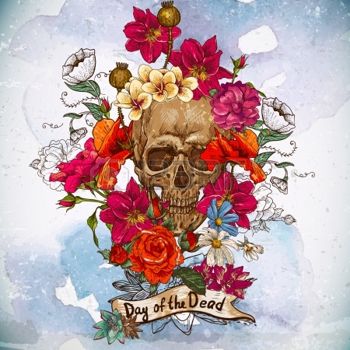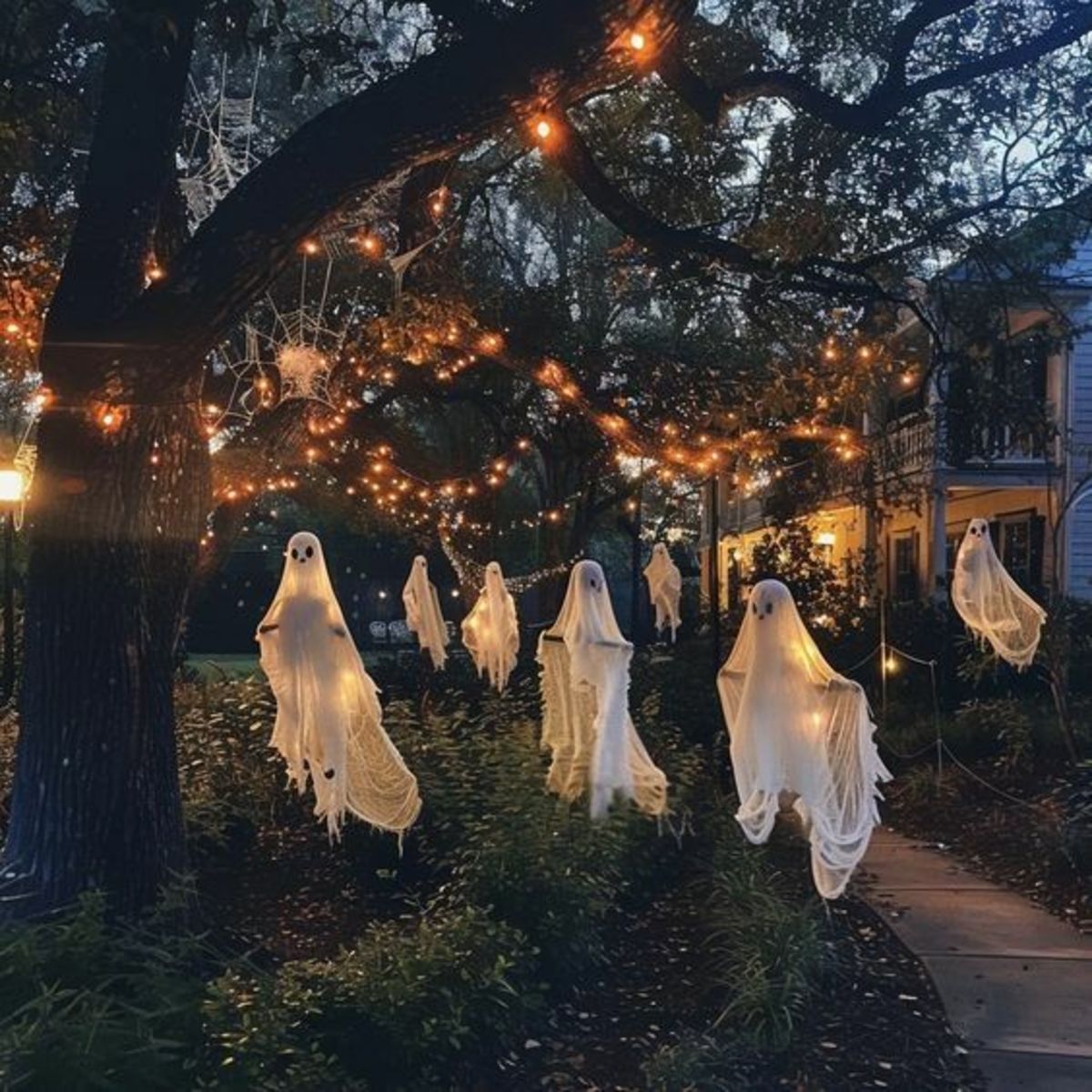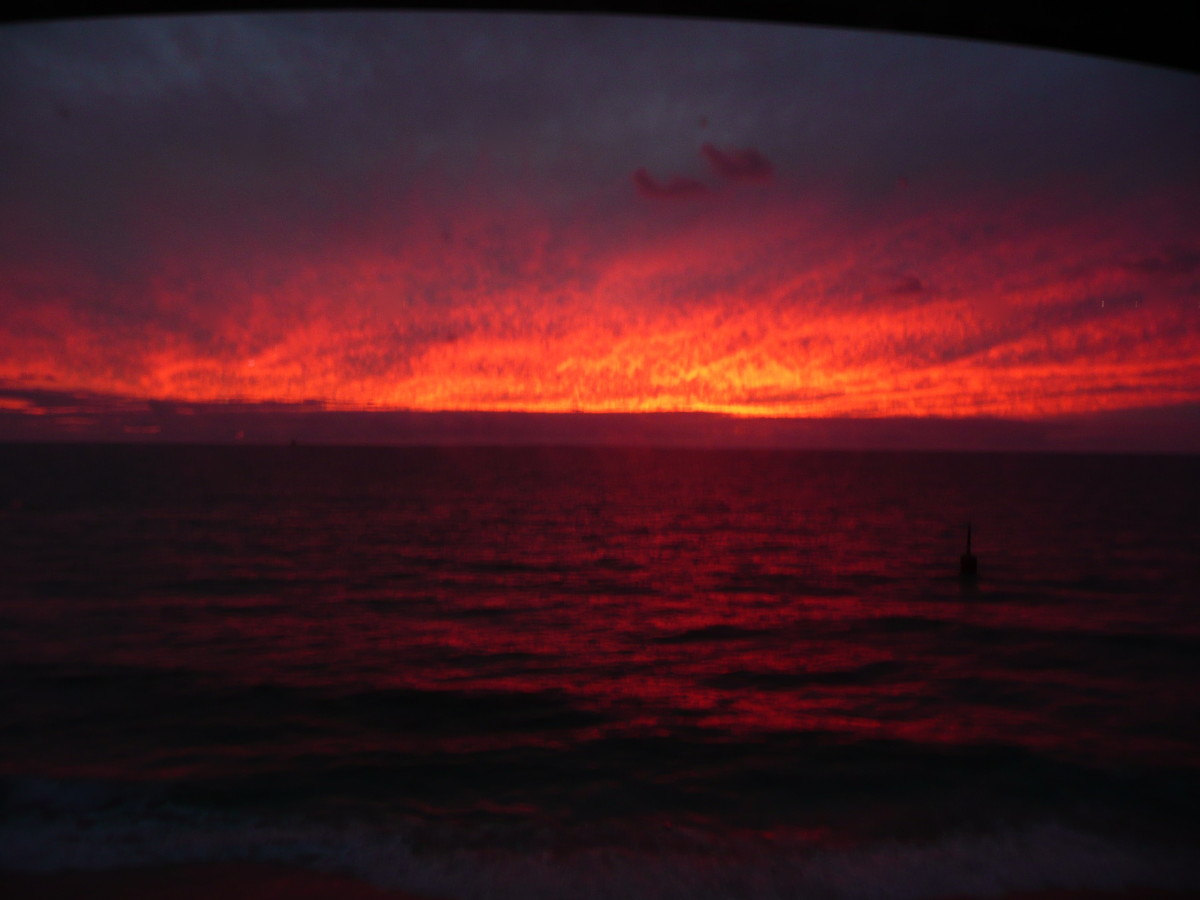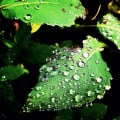Understanding the Day of the Dead
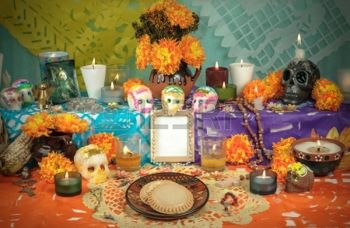
Understanding Day of the Dead
One of the most common misconceptions about the Day of the Dead; also known as Dias de los Muertos; is that it is a holiday that is preoccupied with death and is about scary spirits.
While it falls around the Halloween holiday, nothing could be further from this conception! In fact, this holiday is really about paying homage to the loved ones who have passed from this earth into death.
What could be more lovely than to have a two day holiday that is dedicated to the remembrance of loved ones who've passed? There are some beautiful traditions that mark this celebration that I'd like to share with you so that you too might come to appreciate this holiday as it was intended.
The Origin of the Celebration
The Day of the Dead is thought to have originated around 1100 AD with the Aztec's. They had a Goddess of the Dead called Miclecathuatchl.
In the Catholic Church, the dates 11/1 and 11/2 were referred to as All Saints Day and All Souls Day respectively. The Day of the Dead Celebration celebrates on 11/1 as the day to celebrate dead children and then on 11/2 it is the day to celebrate all those who have passed before.
The belief is that on November the first, the spirits of the deceased come up from their graves and are free to mingle with their loved ones. People will go to the cemeteries on 11/1 and stay, sometimes throughout the night, to be with their loved ones. There may be drinking and eating of special foods and music and celebration. People will eventually return to their homes, and the spirits of their loved ones will accompany them. On November the second at the end of the day, the spirits must again return to their graves until the following year when again they will be free for those two days.
While the imagery for Day of the Dead relies heavily on skeleton's and skulls, it is not morbid, nor meant to be scary. The reliance of the use of skulls and skeleton imagery are to remind us that the loved one is no longer of this world, but still very much a part of our history.
I will share a few of the traditions so that you might better appreciate the holiday.
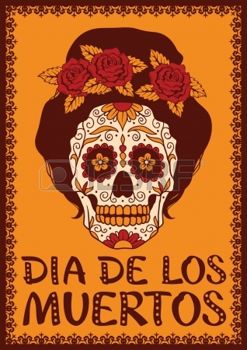
Calacas and Calavera's
You are probably familiar with the graphic art and representation of the Day of the Dead. You are aware that it relies heavily on the images of skulls and skeletons.
But, are you aware how this is meant to portray the loved one as simply in a changed form, and not as something that is now scary or evil? The idea is that at our most basic we are reduced to that of only a skull and skeleton. That is all that remains after death and decay have taken place. It is considered comforting to realize that the bones of a loved one remain.
In the early 1900's an artist named Emilio Zappata began creating his paintings of Calavera's, which are skeletal cowboy's if you will. He was showing us the skeletons in the act of every day life, just as their human, living counterparts had been.
Calaca's are representations that are of skeletons depicted experiencing life just as though they were whole and living persons. Often they are decorated or dressed to look like particular persons doing what was common for them. Calaca's are made and sold at this time and people will find something that reminds them of their own loved one or possibly even themselves.
On the day of November the first, people are joyous to realize they are again to be reunited with their beloved who have passed on. They make altars of offerings or "Ofrenda" for their loved ones. Perhaps the altar would have a portrait of the loved one and maybe some of their belongings, like a prized piece of jewelry or some small memento. There may even be foods that were favored by that person on their altar.
There is a Day of the Dead Bread that is made often in the shape of a skeleton and is mildly sweet and flavored with anise. It is also called Pan de Muerto. People create skulls out of sugar and then ice them and decorate them ornately as sweet treats to be eaten.
There are also cookies made in the shape of skulls and skeletons. Many places have parades and there are often celebrations in cemeteries that last for the entire two day period.
The celebrations include all of the family, even small children. It is not at all funereal, or frightening, but a joyous recognition of life.
I must say that prior to learning about the traditions and origins behind this celebration I had no understanding and assumed that it was just a Mexican approach to Halloween. How very wrong I was!
I think it is important that we do not cast judgement against other cultures without first understanding what their culture is trying to express. Once we understand the reasons behind certain practices we can then truly understand how and why they came to be. We may even find ourselves wishing to participate in something that heretofore seemed anathema!
Try Something New
Now that I've learned about the origin of the Day of the Dead and some of the practices that are common to the celebration I am finding that I want to experience this first hand.
I used to really love the holiday of Halloween. I enjoyed dressing up and the whole spirit of being somebody else for a short time. Over the years it has become less meaningful to me and now it's just another holiday that passes without too much reflection from me.
But, learning that there is a two day celebration of those who've gone before me, makes me feel like I have a chance to celebrate the life of those loved ones of mine who are no longer with me! I can see myself building an altar of sorts to my late parents and late husband and find it very comforting to consider that for those two days, their spirits will be joined with me again! What a wonderful idea to contemplate?
If you are at all curious about this celebration you can probably find a celebration going on in your city. The cities of Tucson and Phoenix and a lot of New Mexico will have many parades and parties going on. And of course all of Mexico will be celebrating!
Wherever you live, see if you might get out and experience this celebration. It may be educational, spiritual or just an excuse to have a party. But, it will likely be informative and enjoyable.
